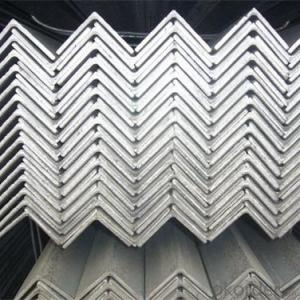Small Solar Inverter
Small Solar Inverter Related Searches
Ac Inverter For Solar Panels Solar Panel With Ac Inverter Gas Furnace With Ac Panda Hot Water Bottle Cover Minion Hot Water Bottle Cover Abb Solar Water Pump Inverter Solar Water Pump Philippines Extra Long Hot Water Bottle Solar Panel Dc To Ac Inverter Old Fashioned Hot Water BottleHot Searches
Cheap Solar Cells For Sale Cheap Solar Cells China Small Solar Inverter Price Solar Cell Inverter Price Solar Panel Inverter Size Solar Panel Inverter Suppliers Solar Inverter Solar Panel Tesla Solar Panel Inverter Solar Items Wholesale Buy Small Fan Buy Small Screws Type Of Inverter For Solar Types Of Inverter For Solar Used Solar Inverter For Sale Inverter Size For Solar System Solar Edge Inverter For Sale 5kw Solar Inverter For Sale Solar Inverter For Sale Solar Inverter For Battery Solar Inverter For Split AcSmall Solar Inverter Supplier & Manufacturer from China
Okorder.com is a professional Small Solar Inverter supplier & manufacturer, offers integrated one-stop services including real-time quoting and online cargo tracking. We are funded by CNBM Group, a Fortune 500 enterprise and the largest Small Solar Inverter firm in China.Hot Products
FAQ
- Yes, a solar inverter can be used with a solar-powered water pump. The solar inverter converts the DC power generated by the solar panels into AC power, which is suitable for powering the water pump. This allows for efficient and reliable operation of the pump using solar energy.
- There are three main types of solar inverters: string inverters, microinverters, and power optimizers.
- Yes, solar inverters are typically weatherproof and designed to withstand different weather conditions such as rain, snow, and heat. However, it is essential to ensure that the solar inverter is installed correctly and protected from extreme weather conditions to maintain its performance and longevity.
- Yes, a solar inverter can be used in commercial applications. In fact, solar inverters are commonly used in commercial settings to convert the direct current (DC) produced by solar panels into alternating current (AC) that can be used to power various electrical devices and appliances. Commercial buildings often have larger solar systems installed, requiring more powerful inverters to efficiently convert the solar energy into usable electricity for the facility's commercial operations.
- Yes, a solar inverter can be used with batteries. In fact, many solar energy systems incorporate batteries to store excess energy generated by the solar panels. The solar inverter converts the direct current (DC) from the solar panels into alternating current (AC) that can be used to power household appliances and charge the batteries. When solar energy production is low, the batteries can be used to provide a continuous power supply.
- The role of voltage regulation in a solar inverter is to ensure that the energy generated by the solar panels is converted and delivered to the electrical grid or used within a premises at a stable and appropriate voltage level. It helps to maintain the quality and consistency of the electricity output, protecting the connected devices and ensuring optimal performance of the solar power system.
- A solar inverter protects against overvoltage by continuously monitoring the voltage level of the solar panels. If the voltage exceeds a safe threshold, the inverter automatically limits the power output or shuts down temporarily to prevent damage to the system. Similarly, to protect against overcurrent, the inverter monitors the current flowing through the system. If the current exceeds a safe limit, the inverter adjusts the output power or shuts down to avoid overheating and potential electrical hazards.
- A solar inverter handles voltage dips or surges in the grid by continuously monitoring the grid voltage. When a voltage dip occurs, the inverter adjusts its output voltage accordingly to maintain a stable power supply. In case of a voltage surge, the inverter's protective mechanisms activate to prevent any damage to the system. Overall, the solar inverter plays a crucial role in regulating and stabilizing the voltage from the grid to ensure efficient and safe operation of the solar power system.















































